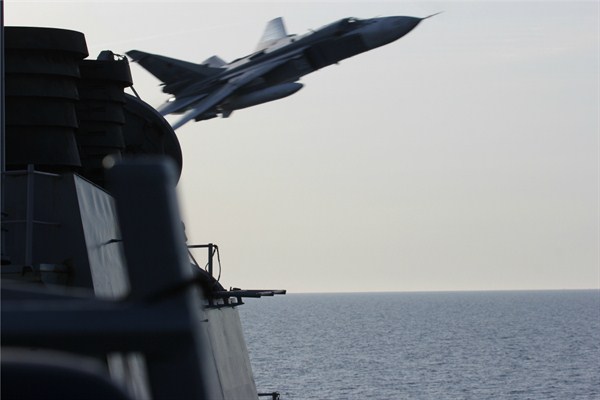Editor’s note: This is the first in a series of articles inviting authors to identify the biggest priority—whether a threat, risk, opportunity or challenge—facing the international order and U.S. foreign policy today.
A war between Russia and the United States is more likely today than at any time since the worst years of the Cold War. This may sound implausible or exaggerated to policymakers, journalists and the wider public. Yet the fact remains that increasing deployments by both sides, coupled with severely constrained direct dialogue, mean that dangerous incidents will become far more likely and will be far harder to defuse and de-escalate.
At NATO’s recent summit in Warsaw, the alliance’s heads of state trumpeted their commitment to reassure its easternmost members. They plan to deploy four battalions—some 4,000 combat soldiers—to eastern Poland and the Baltic states, in close proximity to Russia’s historical capital, St. Petersburg, and its heavily militarized exclave of Kaliningrad, which is surrounded entirely by NATO member states and just 300 miles from Berlin. The U.S. component of this effort, dubbed the European Reassurance Initiative, amounts to nearly $4 billion and will support troop rotations, training missions and more exercises with regional U.S. allies and partners, including Georgia and Ukraine. Romania and Bulgaria, both NATO allies with significant Black Sea coastlines on Russia’s southern flank, have asked for a NATO naval force, while a U.S.-led European missile defense system will include interceptor batteries in both Poland and Romania.

